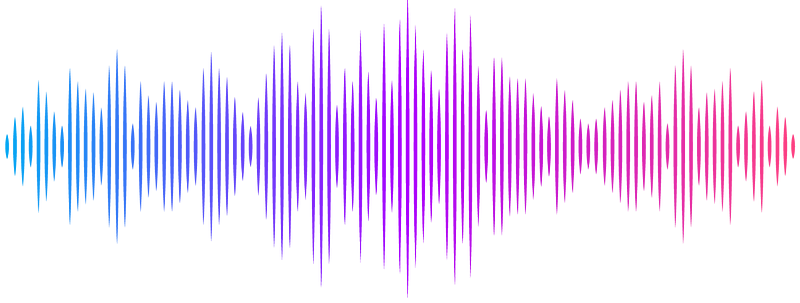Differential association of SARS-CoV-2 IgG responses with anti-OC43 IgG in a Senegalese cohort

Differential association of SARS-CoV-2 IgG responses with anti-OC43 IgG in a Senegalese cohort
Faye, R.; Mbow, A. A.; Tall, B.; Gaye, A.; Ndoye, A. M.; Gueye, R.; Diallo, D.; Faye, F. N.; Talla, C.; Dia, N.; Mbengue, B.; Pelleau, S.; Niang, M.; Seydi, M.; Sall, A. A.; Taïeb, F.; Loucoubar, C.; White, M.; Poiret, T.; Vigan-Womas, I.
AbstractNumerous studies elucidated the kinetics of the humoral immune response post-SARS-CoV-2 infection. However, in sub-Saharan Africa, the evolution of SARS-CoV-2 IgG antibody responses and their interaction with pre-existing seasonal human coronavirus (HCoVs: OC43, 229E, NL63, HKU1) immunity remain underexplored. A prospective cohort study was conducted in Senegal during the first year of the COVID-19 pandemic (March to December 2020). A total of 204 patients with laboratory-confirmed COVID-19 were included. Patients were classified as symptomatic (n=157) or asymptomatic (n=47) based on clinical presentation. Plasma samples (n=705) were collected over 6 months from SARS-CoV-2 positive individuals. IgG levels against SARS-CoV-2 and HCoVs were measured using a multiplex bead-based assay. Among the 204 participants included (95 [46.6%] female, median age, 44 [7-95]), SARS-CoV-2 IgG were detectable 6 months post-infection, peaking at 1 month for most antigens, except for Spike (S), which peaked at 3 months. Elderly patients (>60 years) exhibited higher IgG levels against both SARS-CoV-2 and HCoVs. Symptomatic patients had higher IgG levels than asymptomatic individuals, especially for WTS, RBD, S2, and N. Anti-HCoV IgG levels remained stable post-infection, with OC43 peaking at week 3 in symptomatic patients. A positive correlation was found between anti-SARS-CoV-2 and anti-OC43 IgG in symptomatic patients. The study highlights persistent SARS-CoV-2 IgG antibodies for up to 6 months and suggests a link between pre-existing HCoV-OC43 immunity and COVID-19 outcomes in Senegal. These findings could help shape future vaccine strategies, considering the influence of circulating HCoVs on long-term protection against SARS-CoV-2.